by Irma Havlicek
Powerhouse Museum Web Producer

Excavation Area 2, with Mel Melnyczek as trench supervisor, is a return to a place that is in the middle of what was excavated in the 1960s and 70s but most of this particular area was not excavated then. The aim of excavating here is to provide a control between what was found in 1960s and 70s and what is found this year – to determine how our approach and methods generate similar or different results from those of the 60s and 70s.
There’s relatively little fact in archaeology – much of it is in the interpretation. But the more objective archaeologists can be in their methods, the stronger the foundation for interpretation.

Mel’s team is going to work from unexcavated areas to partially previously excavated areas in what the Directors think may be open spaces: courtyards. And, as is explained in their Directors’ overview, exploring courtyards and other external, possibly communal, spaces is one of the aims of the work being conducted at Zagora this year. They also hope to gain further insight into the use of interior private spaces.

This combination of working in unexcavated and partially previously excavated areas will make this work somewhat complex. Although the plans from the 1960s and 70s are extremely reliable (having been produced by site architect, Dr Jim Coulton), and give firm guidance to architectural structures laterally – a great many environmental changes take place over 40 years which affect the areas being excavated. For example winds move dust about which forms earth into which seeds are planted and plants grow – including the holm oak (also known as prinos) which proliferates across the site. And which, we know by painful experience, have extensive and robust root systems.

We can only use power tools to remove holm oak or other plants above the surface of the earth. Around the remaining roots, all the work must be gradual, careful and by hand, so that no architectural structure or artefact is damaged in the process.

There is no information about how much soil has been deposited over the 40 or more years since the previous excavation, nor how extensive are the plant roots through the soil.
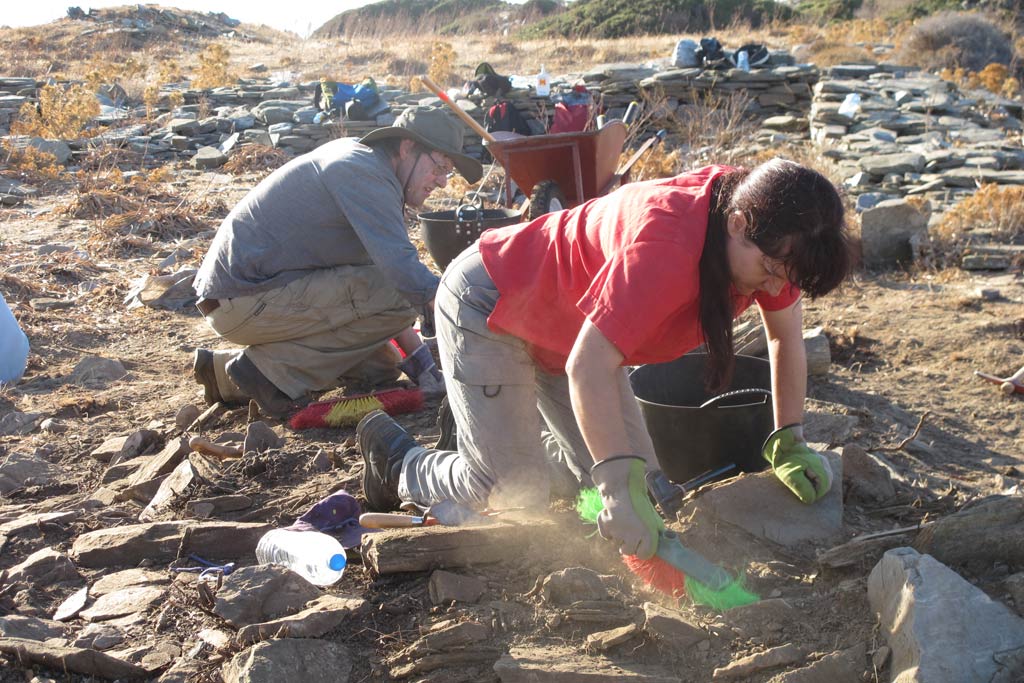
This means working gently with a trowel, and then using a dustpan and brush to remove the earth from between the roots, gradually working down, then secateuring the roots as they become increasingly exposed – slowly and sensitively, until any architectural structures or artefacts are reached. And then working even more delicately to reveal the structure or artefact.
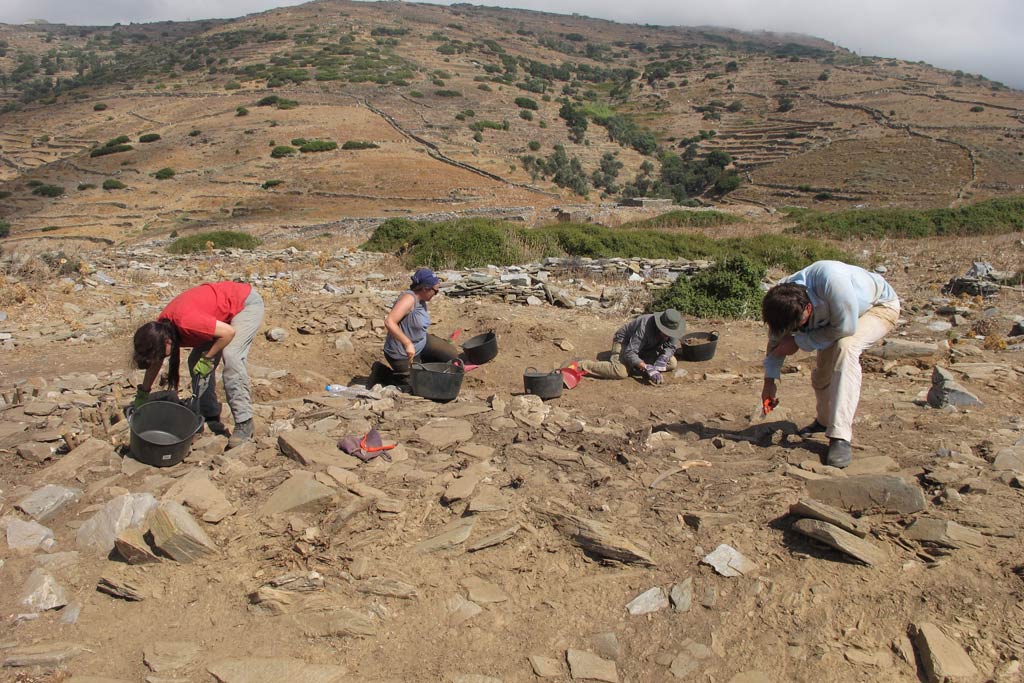
Initially, the Directors decided not to excavate in areas that had been previously excavated. However they realised that to do so would enable them to assess how effectively the conserved architecture (e.g., walls) had survived the passage of time over the last four decades. And this would help the Directors to determine the most effective ways to conscientiously conserve the architecture that is excavated in this archaeological season as well as re-conserving the previously excavated structures. This is vital in order to preserve the site for posterity as well as responding to the Greek Archaeological Services’ request that we attend carefully to architectural conservation.
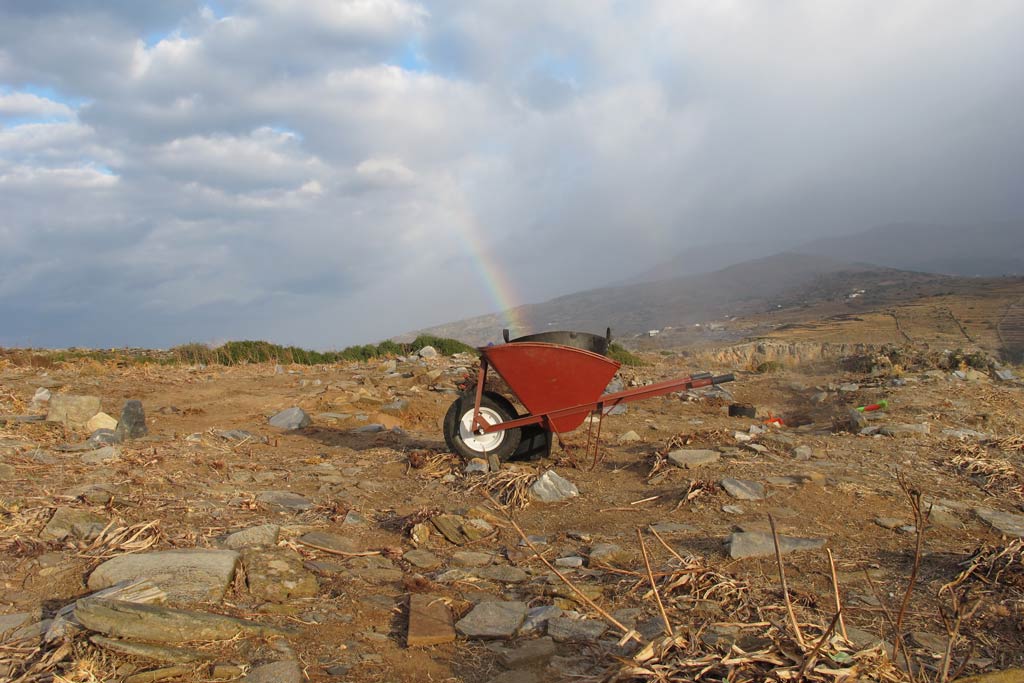
The Directors believe there’s good reason to expect that local family-scale industrial processes took place in the outdoor space associated with residential unit in Excavation Area 2. And increasing understanding of outdoor space like this is a high priority for the Zagora Archaeological Project.
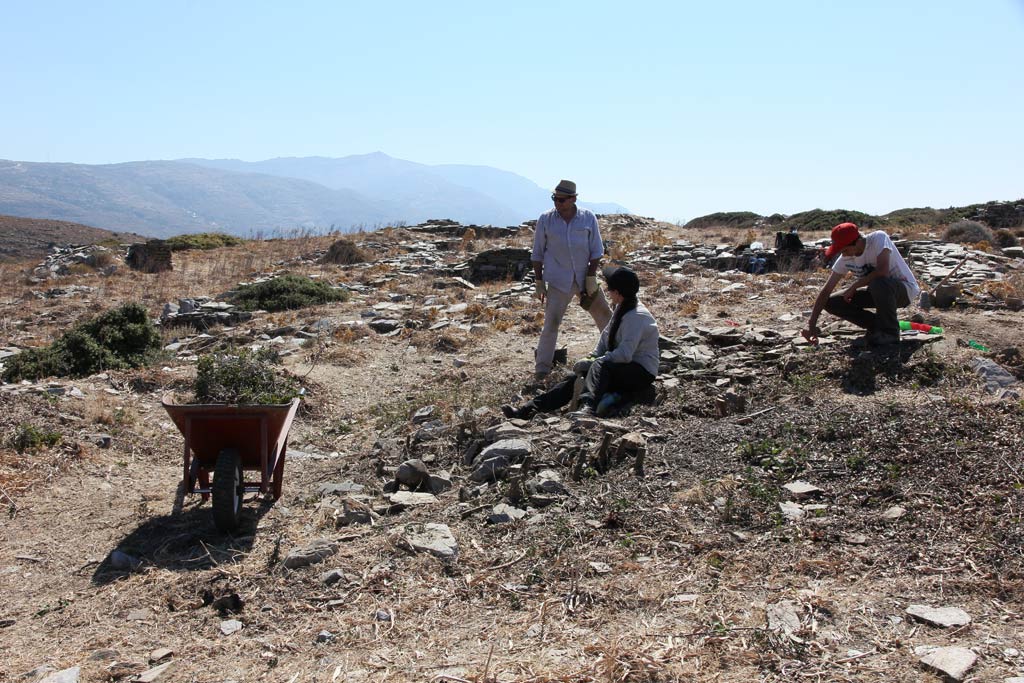
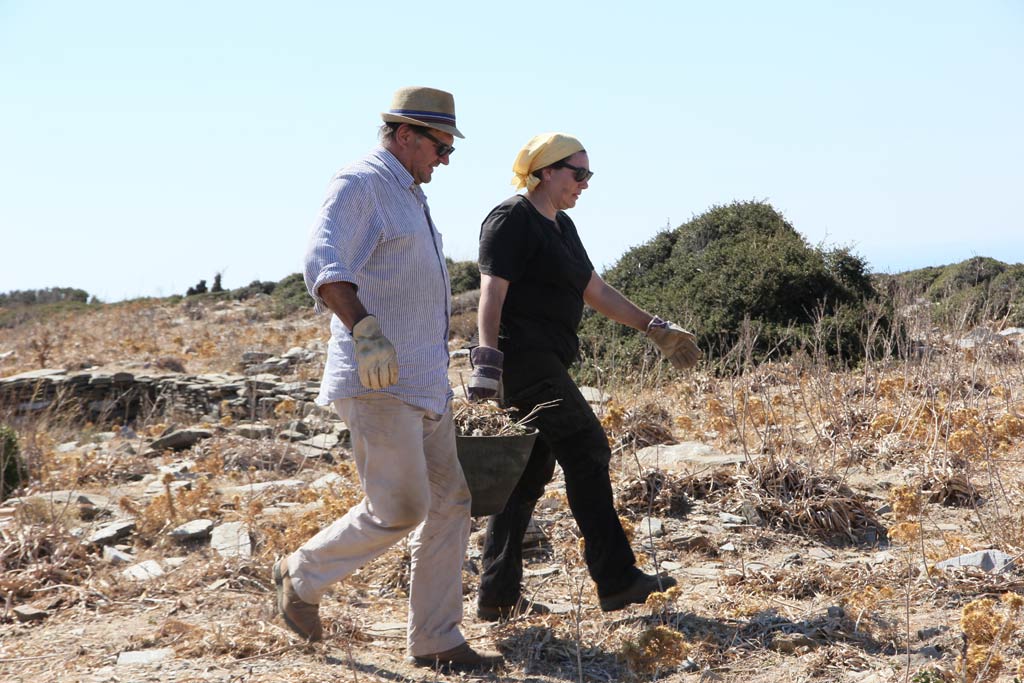
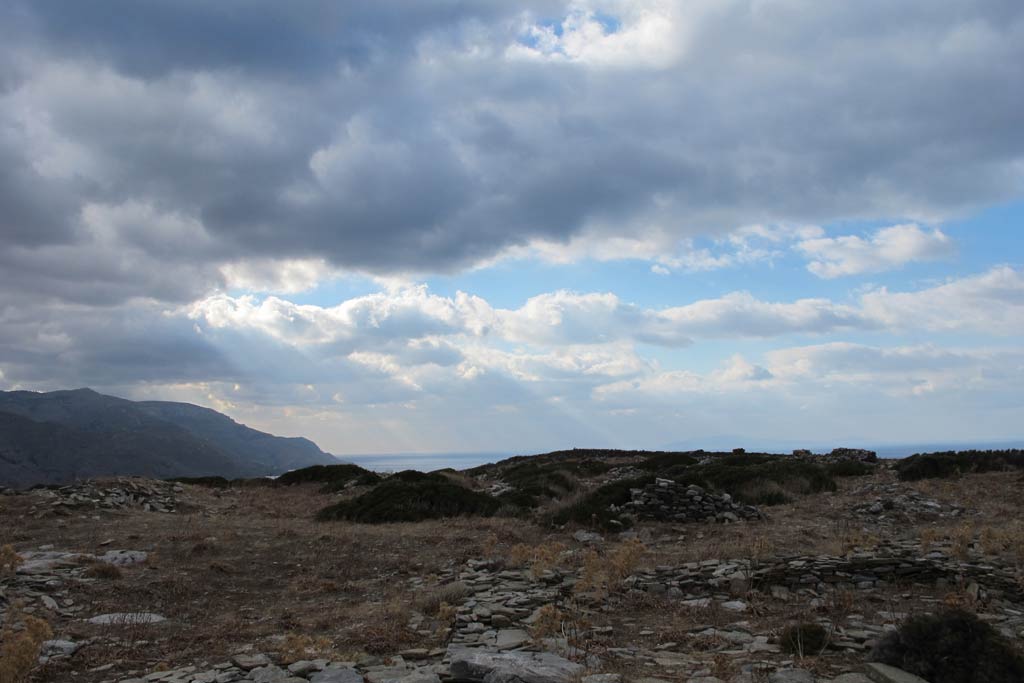
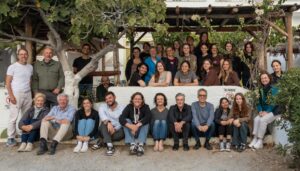
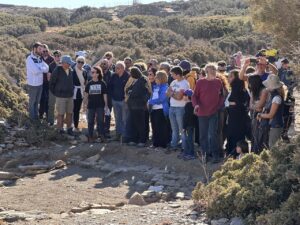
2 thoughts on “Excavation Area 2”
I appreciate that you’re all trying to build up a picture of what life was like for the people living in Zagora all those years ago. Just to help us readers – how different was Andros then to what it’s like now? – for example, was the climate very different? – colder/warmer/wetter/drier? I suppose it was just as windy! And the vegetation? – generally scrubby, or forested? – was the island as generally cultivated as it is now, or do you think there were fields only in the area immediate to the settlements? In the last few days the newspapers here in the UK have made much of the fact that people living near Stonehenge were eating frogs’ legs around 3500 BCE – beating the French to it! – but I suppose it’s possible to analyse what the people in Zagora were eating from analysis of midden heaps, and from tat to work out what the wildlife population of the island was like. By the way, I hope this evening’s presentation in the Chora went well!
Hi Malcolm – we’re just back from the presentation in Chora which appeared to go very well, judging from the turnout and the audience response, including an enthusiastic question and answer session. Re your other questions – I’ll refer those to our archaeologists here, and hope to get an response to you soon.